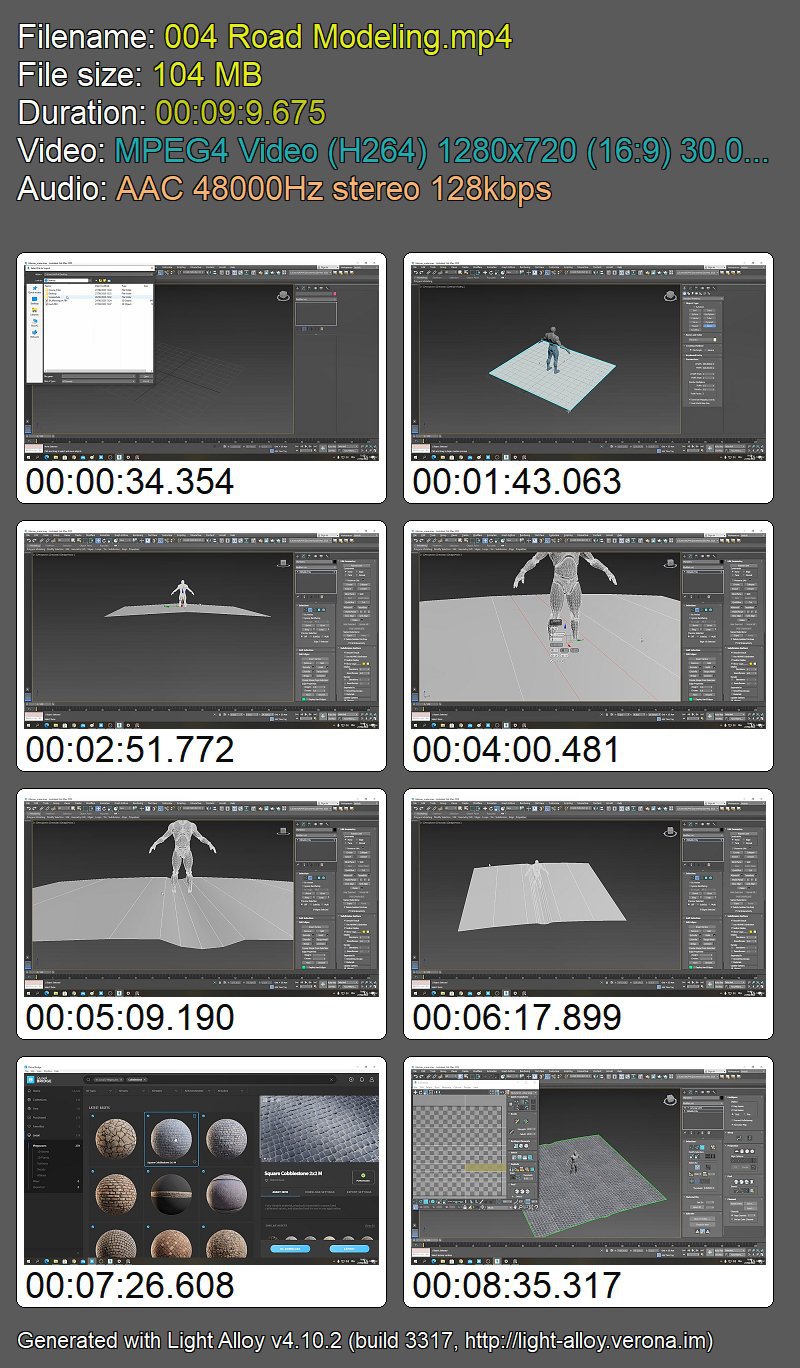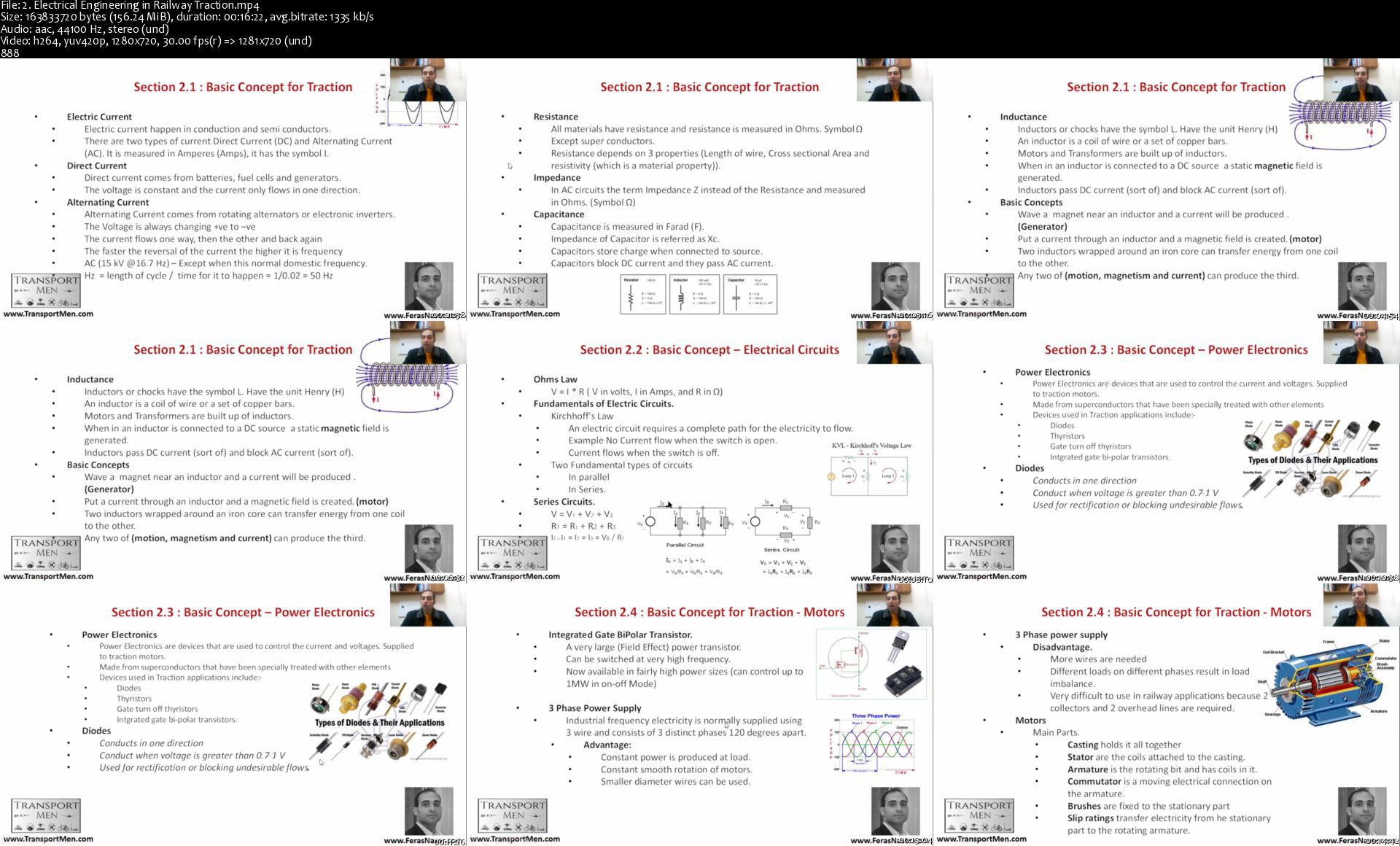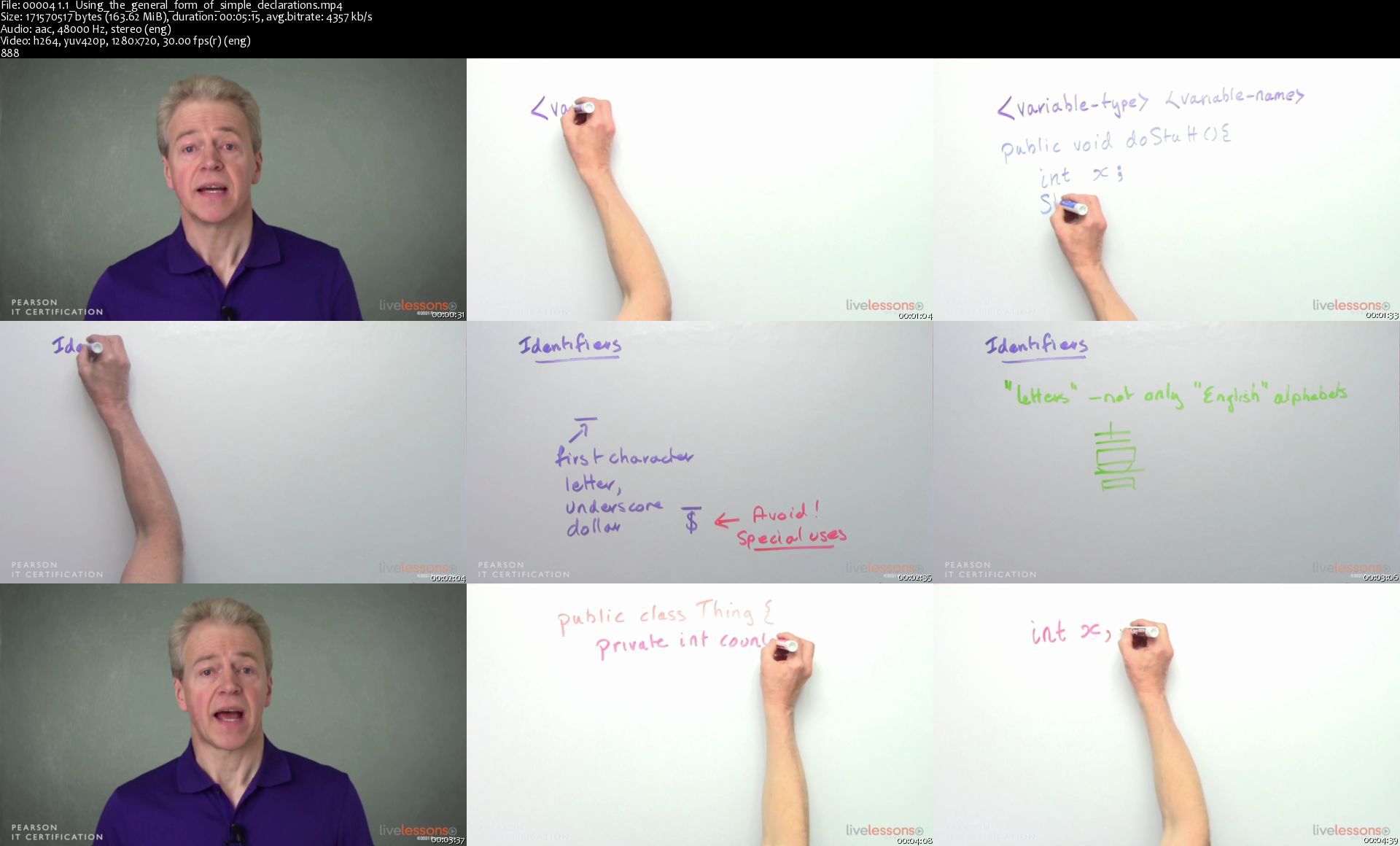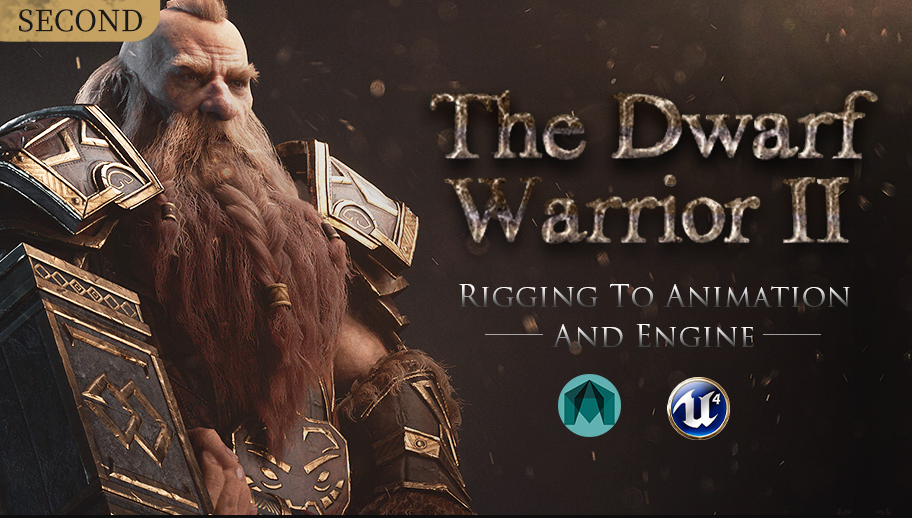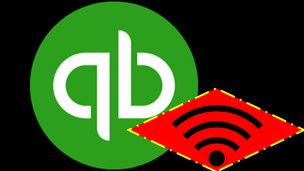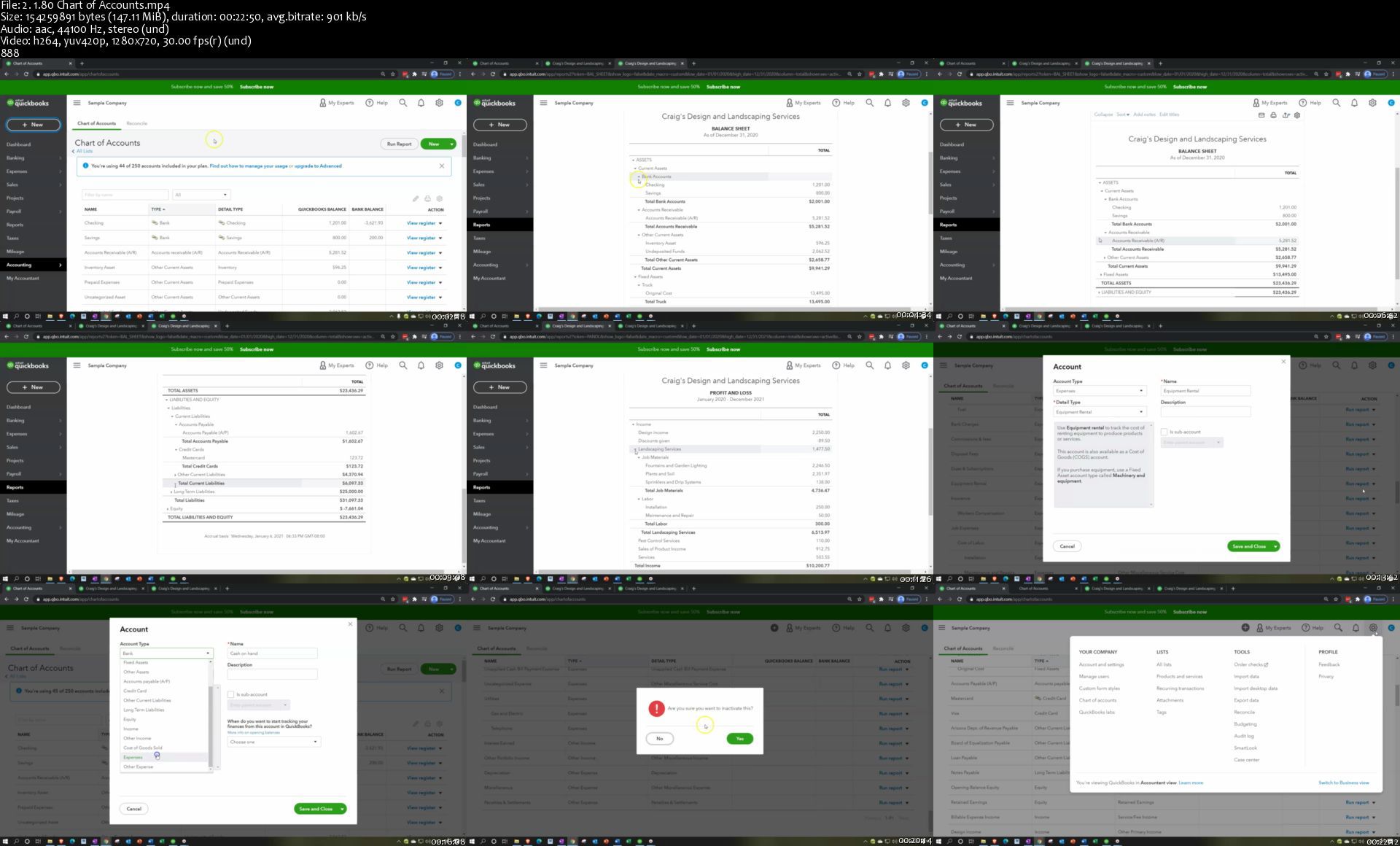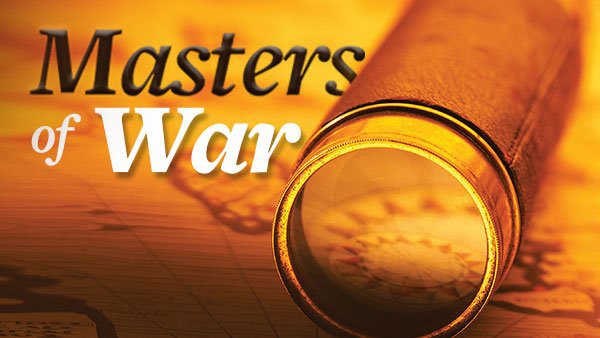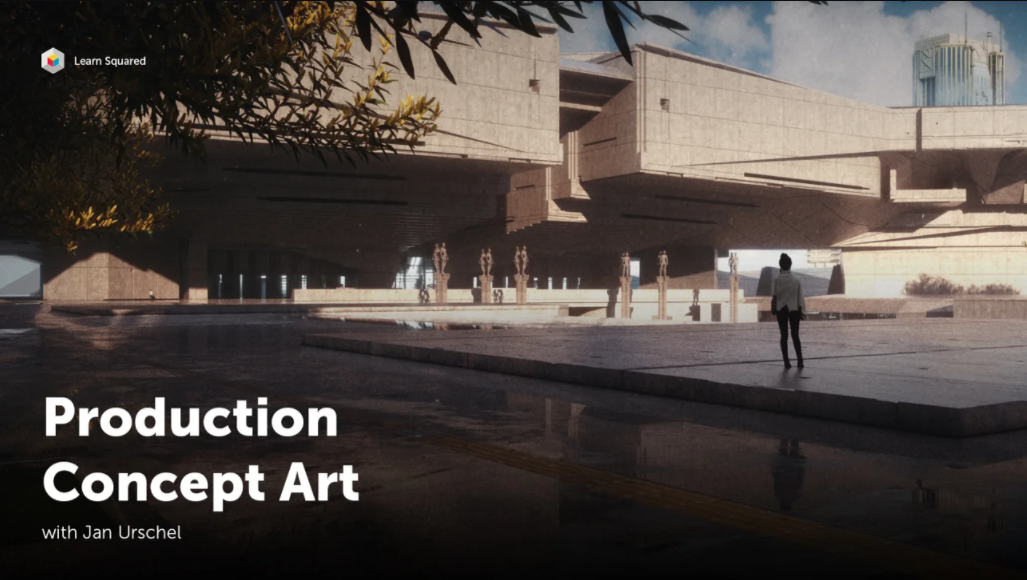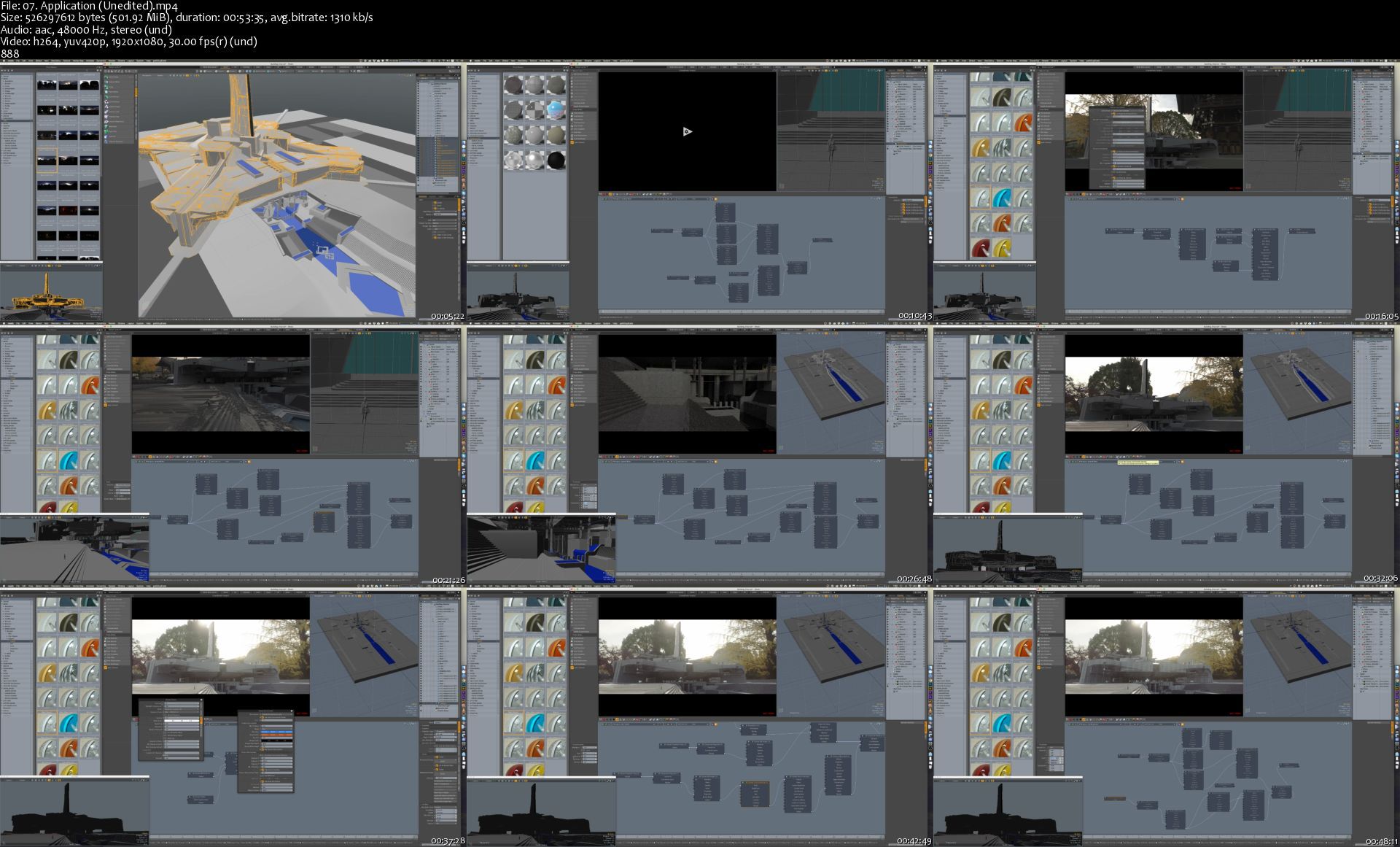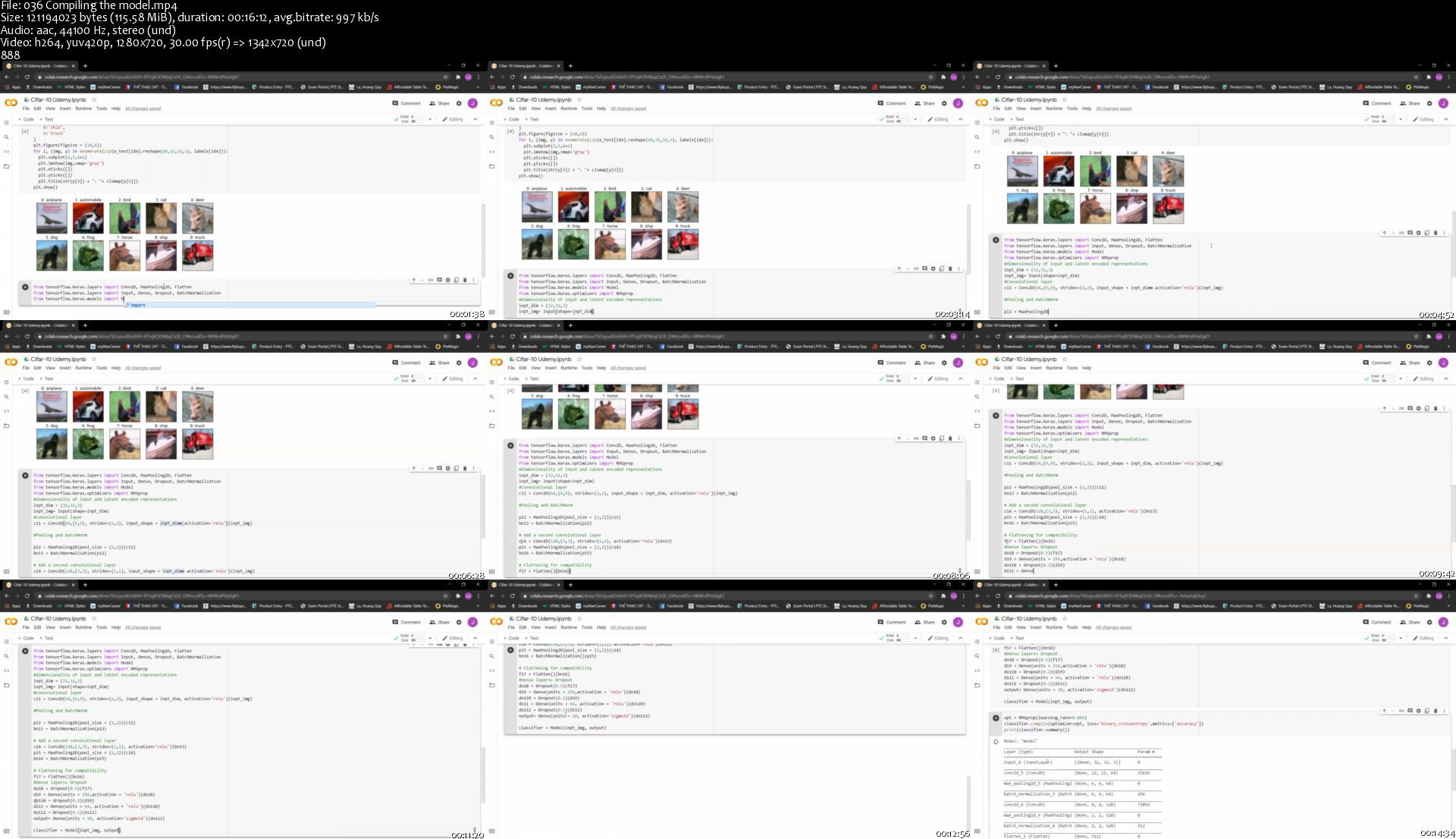Android Development: Android App Development From Scratch

Android Development: Android App Development From Scratch
Duration: 18h 31m | Video: .MP4, 1280x720 30 fps | Audio: AAC, 44.1 kHz, 2ch | Size: 9.05 GB
Genre: eLearning | Language: English
Learn Java. Learn Android App development with Android Oreo. Use Android Studio like a pro. Become an App Developer!
What you'll learn
Android is the most used operating system on the planet
Learn Android App Development step by step
Learn Java
Learn the most popular Android version ( Oreo )
Android 8
Android Studio
Gradle Build System
Android Components
Learn Publishing Android App on Google Play
Learn Releasing Android App
We continually update the course, so you'll learn the very latest as Android Oreo ( Android 8 )
Become a professional Anroid App developer
No previous experience is required!
No programming knowledge required!
Enroll now, start your own App business and work from anywhere in the world
Requirements
No prior knowledge is required!
No programming knowledge required!
A Windows PC, Mac or Linux Computer
Internet and Basic Computer Knowledge
Desire to learn Android Application Development
Nothing else! It's just you, your computer and your ambition to get started today
Don`t worry. Setup and installation instructions are included for each platform
Description
Hi there,
Welcome to Android Development: Android App Development From Scratch course.
Do you want to improve your career options by learning Android app Development?
Do you want to learn Android Development from Scratch?
Do you want to be an Android Studio master?
Do you want to build your first app?
If your answer is "yes" to these questions and if you want more, you are at the right place!
Android is the most used operating system on the planet. In fact, it's almost omnipresent in the mobile ecosystem and Android Oreo has become the most popular Android version.
My "Android Development: Android App Development From Scratch" course will take you from beginner to advance level.
You will learn Android development step-by-step with hands-on demonstrations. In this course, we will learn to build and publish 2 major apps. During the lectures, we will also be practicing with more than 10 examples.
What's important
There're a lot of people out there teaching Android 8 who are not developers. We're developers with many years' field experience with the Android platform. So you will learn from an expert who has great knowledge of Android. This course is expertly designed to teach everyone from complete beginners, right through to professionals as a refresher.
In this course you will learn;
Java Environment Setup
Java Development Environment
Java Syntax
Java Object Oriented Concept
Java Strings
Android Environment Setup - Download, install and configure the necessary software
Creating a New Project
Android Studio
Android Components
Components and Life Cycles
Publishing Your App on Google Play and more
Why would you want to take this course?
Our answer is simple: The quality of teaching.
When you enroll, you will feel the OAK Academy's seasoned instructors' expertise.
Fresh Content
It's no secret how technology is advancing at a rapid rate. New tools are released every day, Google updates Android and it's crucial to stay on top of the latest knowledge. With this course, you will always have a chance to follow the latest trends.
Video and Audio Production Quality
All our contents are created/produced as high-quality video/audio to provide you the best learning experience.
You will be,
· Seeing clearly
· Hearing clearly
· Moving through the course without distractions
You'll also get:
Lifetime Access to The Course
Fast & Friendly Support in the Q&A section
Udemy Certificate of Completion Ready for Download
Dive in now!
We offer full support, answering any questions.
See you in the course!
Who this course is for:
A total beginner, with a curious mind and wants to be an app developer
Anyone who wants to learn to code
Anyone who wants to become an Android Developer
Programmers who are interested in building Android apps
Anyone who wants to create Android Applications
Anyone who has no previous coding experience but wants to become expert
Anyone who wants to learn Android 8 ( Android Oreo )
Anyone who are planning job transformation
Anyone who would like to work from anywhere in the world
Homepage
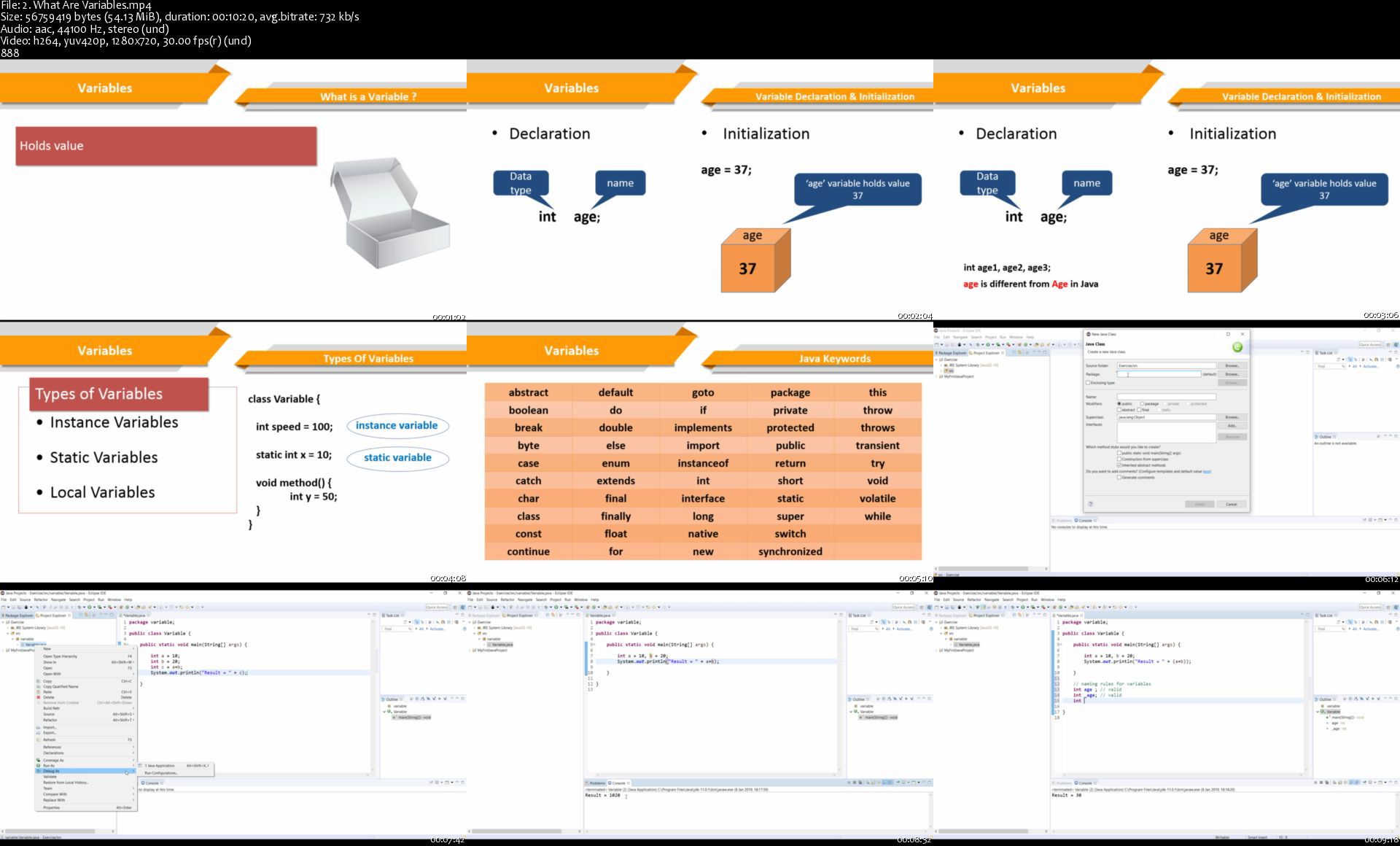

Android Development: Android App Development From Scratch
Duration: 18h 31m | Video: .MP4, 1280x720 30 fps | Audio: AAC, 44.1 kHz, 2ch | Size: 9.05 GB
Genre: eLearning | Language: English
Learn Java. Learn Android App development with Android Oreo. Use Android Studio like a pro. Become an App Developer!
What you'll learn
Android is the most used operating system on the planet
Learn Android App Development step by step
Learn Java
Learn the most popular Android version ( Oreo )
Android 8
Android Studio
Gradle Build System
Android Components
Learn Publishing Android App on Google Play
Learn Releasing Android App
We continually update the course, so you'll learn the very latest as Android Oreo ( Android 8 )
Become a professional Anroid App developer
No previous experience is required!
No programming knowledge required!
Enroll now, start your own App business and work from anywhere in the world
Requirements
No prior knowledge is required!
No programming knowledge required!
A Windows PC, Mac or Linux Computer
Internet and Basic Computer Knowledge
Desire to learn Android Application Development
Nothing else! It's just you, your computer and your ambition to get started today
Don`t worry. Setup and installation instructions are included for each platform
Description
Hi there,
Welcome to Android Development: Android App Development From Scratch course.
Do you want to improve your career options by learning Android app Development?
Do you want to learn Android Development from Scratch?
Do you want to be an Android Studio master?
Do you want to build your first app?
If your answer is "yes" to these questions and if you want more, you are at the right place!
Android is the most used operating system on the planet. In fact, it's almost omnipresent in the mobile ecosystem and Android Oreo has become the most popular Android version.
My "Android Development: Android App Development From Scratch" course will take you from beginner to advance level.
You will learn Android development step-by-step with hands-on demonstrations. In this course, we will learn to build and publish 2 major apps. During the lectures, we will also be practicing with more than 10 examples.
What's important
There're a lot of people out there teaching Android 8 who are not developers. We're developers with many years' field experience with the Android platform. So you will learn from an expert who has great knowledge of Android. This course is expertly designed to teach everyone from complete beginners, right through to professionals as a refresher.
In this course you will learn;
Java Environment Setup
Java Development Environment
Java Syntax
Java Object Oriented Concept
Java Strings
Android Environment Setup - Download, install and configure the necessary software
Creating a New Project
Android Studio
Android Components
Components and Life Cycles
Publishing Your App on Google Play and more
Why would you want to take this course?
Our answer is simple: The quality of teaching.
When you enroll, you will feel the OAK Academy's seasoned instructors' expertise.
Fresh Content
It's no secret how technology is advancing at a rapid rate. New tools are released every day, Google updates Android and it's crucial to stay on top of the latest knowledge. With this course, you will always have a chance to follow the latest trends.
Video and Audio Production Quality
All our contents are created/produced as high-quality video/audio to provide you the best learning experience.
You will be,
· Seeing clearly
· Hearing clearly
· Moving through the course without distractions
You'll also get:
Lifetime Access to The Course
Fast & Friendly Support in the Q&A section
Udemy Certificate of Completion Ready for Download
Dive in now!
We offer full support, answering any questions.
See you in the course!
Who this course is for:
A total beginner, with a curious mind and wants to be an app developer
Anyone who wants to learn to code
Anyone who wants to become an Android Developer
Programmers who are interested in building Android apps
Anyone who wants to create Android Applications
Anyone who has no previous coding experience but wants to become expert
Anyone who wants to learn Android 8 ( Android Oreo )
Anyone who are planning job transformation
Anyone who would like to work from anywhere in the world
Homepage









